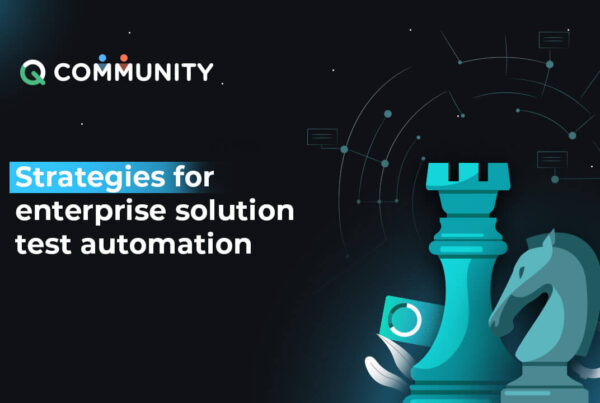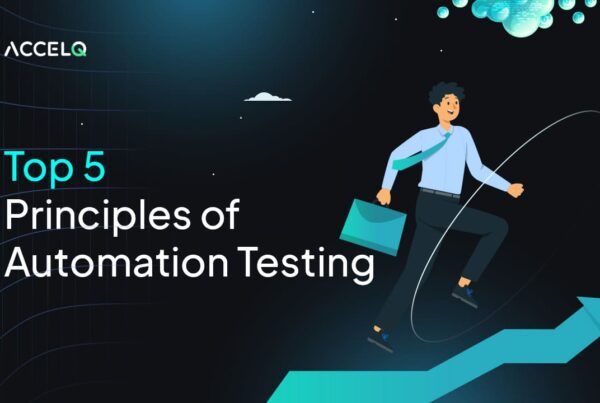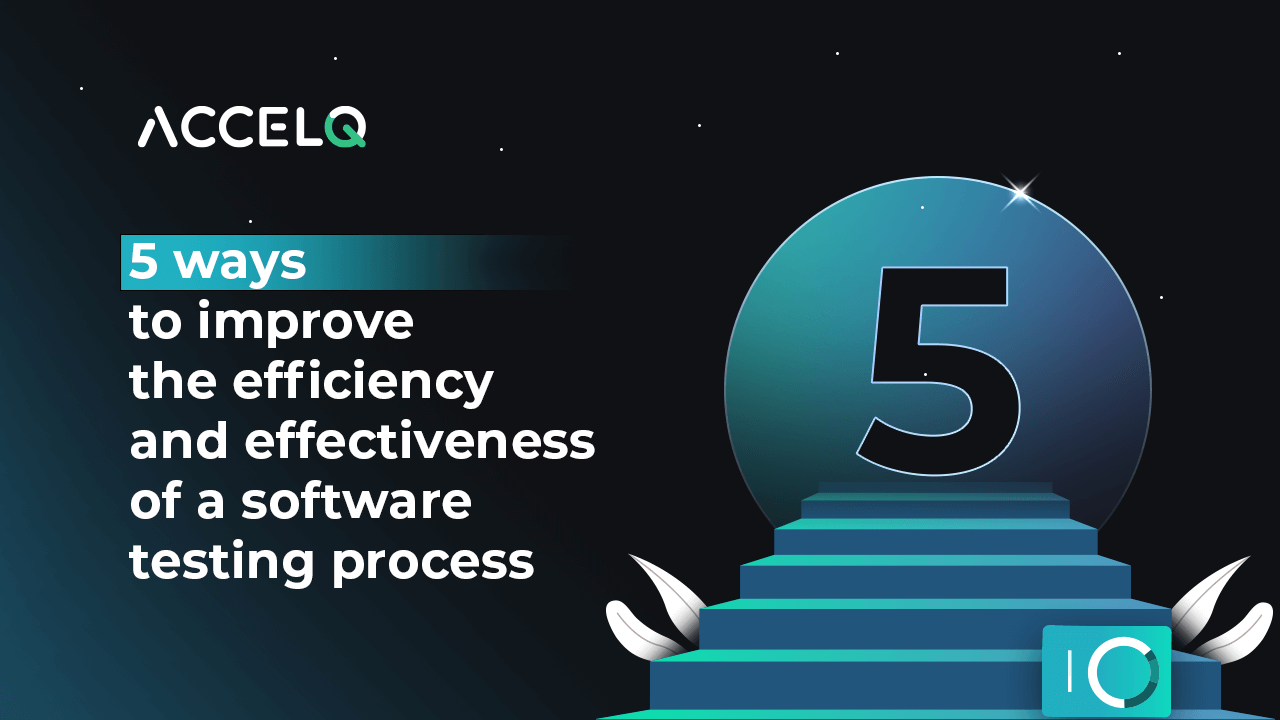How to Improve Software Testing Process?
Many organizations struggle with maintaining effective testing processes, facing challenges such as tight deadlines, limited resources, and evolving requirements. These issues often lead to missed bugs, increased costs, and delayed releases.
Fortunately, there are proven strategies to overcome these obstacles and enhance the testing process. This blog will offer practical steps to improve your software testing process.
Step 1: Leverage Test Automation Frameworks
Test automation frameworks improve software testing efficiency and efficacy. Automating repetitious processes reduces human error and improves test performance, improving software quality.
- Standardize Your Test Cases: Standardize test case writing to achieve team homogeneity. Standardization simplifies test suite comprehension, maintenance, and scaling.
- Focus on High-Value Tests: Automate time-consuming, error-prone, or application-critical tests first. Automation yields the highest ROI with this strategy.
- Maintainability Matters: Maintainable automated test scripts require regular inspection and refactoring. Best practices like the Page Object Model (POM) help segregate test logic from user experience elements, making it easier to update tests when the UI changes.
- CI/CD pipelines: This integration automates test execution with every code commit, providing quick build quality feedback.
- Data-Driven Testing: Run the same tests with different inputs using data-driven testing. This method improves test coverage without adding test cases, speeding up automation.
Step 2: Implement Shift-Left Testing
The proactive shift-left testing approach emphasizes early software development lifecycle testing.
- Involve Testers Early: Testing should begin throughout requirements and design. Early involvement helps testers understand project goals and detect difficulties.
- Behavior-Driven Development (BDD): It is to build tests that are understandable by non-technical stakeholders. This ensures requirements are implemented and tested accurately.
- Automated Unit Testing: Encourage developers to write and run code tests. Automated unit tests discover faults at the lowest level of functioning, making repairs easier.
- Continuous Integration (CI): Run automated tests and integrate code regularly. This method detects integration issues early and offers instant code health feedback.
Step 3: Containerize Test Environments
Containerization creates reliable, segregated, and repeatable test environments. Containers eliminate difficulties caused by development, testing, and production environment variances by running tests in the same environment every time.
- Your tests perform consistently across computers and setups.
- Each container runs in its own isolated environment, preventing conflicts and simplifying dependencies.
- Containers may be scaled up or down for testing, making resource management easy.
Step 4: Integrate AI and Machine Learning in Testing
AI and ML are changing the testing process in software testing by automating hard operations and offering intelligent insights. Integrating AI and ML into testing improves efficiency, accuracy, and coverage.
Generate Test Cases
AI algorithms may build test cases from test data and user stories. This helps maintain thorough test coverage and uncover manually missed edge cases.
Predict Defects
By examining historical defect data and code modifications, machine learning algorithms can forecast code flaws. The forecast helps testers focus on high-risk locations, enhancing testing productivity.
Test Optimization
AI can prioritize defect-detecting tests over redundant or obsolete ones to optimize the test suite. This improvement cuts testing time and resources without compromising quality.
Visual Testing
AI-powered visual testing solutions can identify UI changes and abnormalities that traditional testing methods struggle to catch. These tools examine app screenshots and indicate discrepancies to ensure UI consistency across releases.
Natural Language Processing
NLP can convert natural language requirements into test cases, making it easier to build user-focused tests. This method connects non-technical stakeholders to the testing team.
Step 5: Conduct Chaos Engineering
The chaos engineering approach identifies and addresses system weaknesses by purposely generating problems. Your application should be able to handle unexpected disruptions and work properly under pressure.
Start Small
Introduce minor problems in non-production scenarios. Failures can be observed without harming end users with this strategy. As you become used to it, increase test complexity and scope.
Determine Hypotheses
Expectations should be set before chaotic experiments. This hypothesis-driven technique helps you set goals and evaluate experiment results.
Chaos Engineering Tools
Automate and manage chaotic experiments with several tools. Gremlin, Chaos Monkey, and Litmus are popular. These tools simulate instance shutdowns, latency, and network issues.
Watch and Assess
Chaos engineering requires constant monitoring. Monitor system performance and behavior during and after experiments to find flaws. Apply the lessons learned to system design and implementation.
Improve Constantly
Chaos engineering is ongoing. Repeat chaos experiments to keep your system resilient to changing threats and environments.
Step 6: API Contract Testing
Contract testing ensures that services (e.g., microservices, APIs) can communicate correctly by validating their interactions.
- Fix integration issues early in development to reduce production faults.
- Clear contracts and expectations improve teamwork.
- Consistent service interactions lead to more stable and predictable systems.
Conclusion
Effective QA Process in software testing is key to delivering reliable, high-quality software that meets user expectations. These strategies help identify defects early and ensure faster, more reliable releases, ultimately leading to greater customer satisfaction and business success. Get your ACCELQ demo today and embrace these practices to transform your testing process and stay ahead in the competitive software development landscape.
Yuvarani Elankumaran
Technical Consultant at ACCELQ
Yuvarani Elankumaran is a highly skilled technical consultant at ACCELQ. With over a decade of experience in the field of Test Automation, Yuvarani is a seasoned professional who is well-versed in a variety of programming languages and automation frameworks.
Discover More
 Strategies for enterprise solution test automation
Strategies for enterprise solution test automation
Strategies for enterprise solution test automation
 Top 5 Principles of Automation Testing
Top 5 Principles of Automation Testing
































